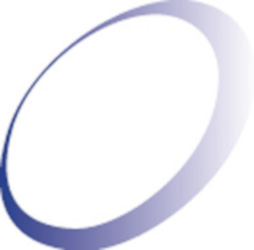Scientists at Julius-Maximilians-Universität Würzburg are working with students to develop an augmented reality app that can be used to teach pupils about physical processes, especially electronics, in a tangible way. The PUMA project won the AVRiL 2024 competition.
Würzburg, October 1st, 2024 When I started my first apprenticeship in the 1990s, understanding how electricity works, especially the flow of electrons, was the biggest problem to solve for a long time. My need to be able to form a mental image of the flow of electrons was very great. This gave rise to a mental need to see if there was no way to visualise this flow.
Scientists from the Department of Physics and its Didactics at the University of Würzburg are currently developing an app that can be used to visualise electronics using augmented reality. The Puma project, PUMA in this case stands for ‘Physics Lessons with Augmentation’, was developed together with students and is available free of charge for use in physics lessons following successful evaluation.
The „PUMA : Tension Lab“ was recognised by the German Informatics Society as the overall winner of the AVRiL 2024 competition for successful VR/AR learning scenarios. The team was funded by the BMBF project ‘CoTeach’ as part of the quality offensive for teacher training,
„Our PUMA app „Voltage Lab“ helps learners to build up correct conceptual knowledge of electricity,“ explains Christoph Stolzenberger. To this end, augmented reality is used to superimpose real electrical circuits with representations of models that promote understanding. „This enables learners to intuitively follow and understand the movement of electrons in a closed circuit, for example,“ says the physics teacher.
The integration of a Bluetooth measuring box also allows the recording of voltage and current data. Furthermore, a simulation mode has been implemented in the app so that pupils can also understand and repeat the content outside of the classroom without the real experiment.
Compared to the AVRiL competition, the jury came to the conclusion that the application not only impresses with its technical aspects, but also with its didactic excellence and demonstrates a high degree of maturity and practical suitability. The tension lab is an „excellent example of how AR technologies can revolutionise the learning process“.
Study at Bavarian grammar schools
In an intervention study led by Christoph Stolzenberger at Bavarian grammar schools, the learning effectiveness of the application is now being investigated as part of a complete series of lessons on electricity theory. The focus here is on the question of the extent to which the use of such an app for learning from and with analogy models influences the model understanding and model competence of the learners.
ImageSource Pixel Pixabay



Schreibe einen Kommentar